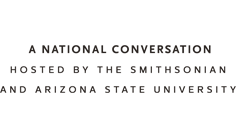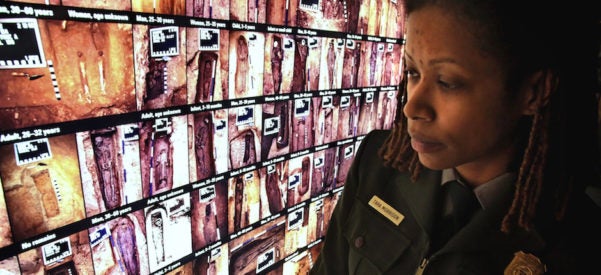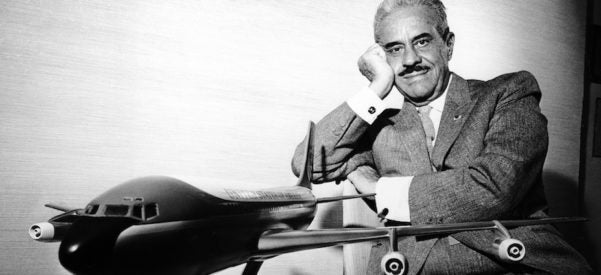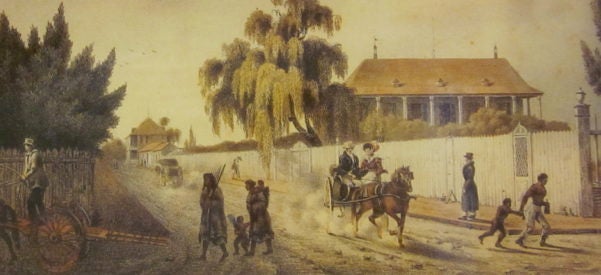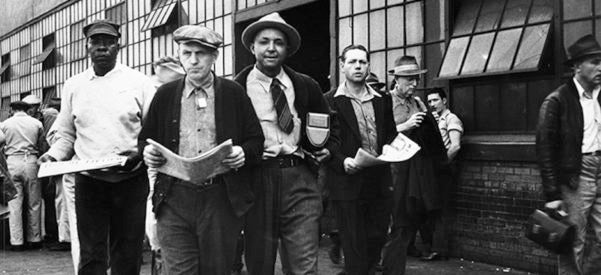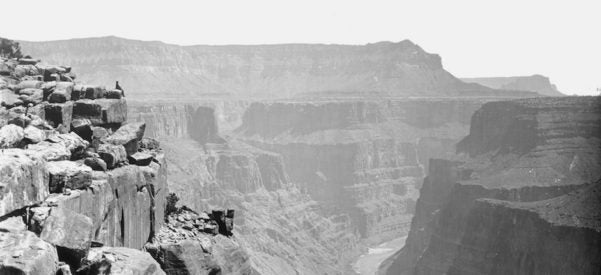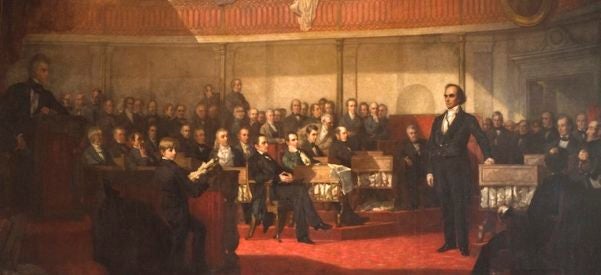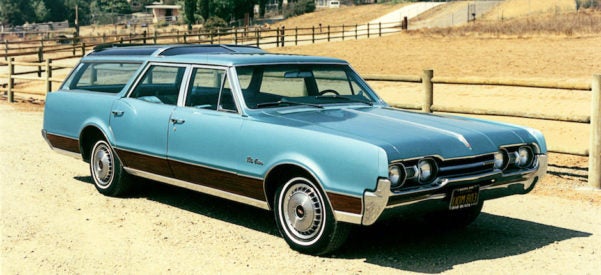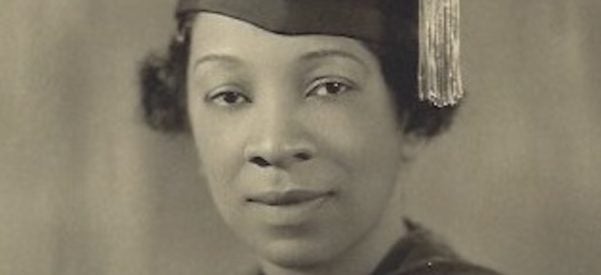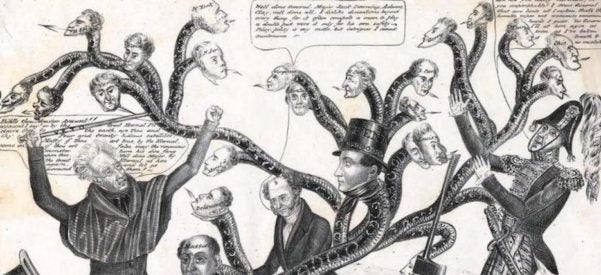Can the North Acknowledge Its Own Role in American Slavery?
Historians and Activists Pushed Philadelphia and New York to Commemorate Places Where Enslaved People Lived and Died
Soon after the American Revolution, Philadelphia was the temporary capital of the United States. From 1790-97, President George Washington lived in a large house a block from Independence Hall, in what is now Independence National Historical Park. The house was torn down in 1832. Most modern-day Philadelphians knew nothing about it until recently.
That changed in 2002, when Independence National Historical Park was undergoing renovations, and a freelance historian named Edward Lawler Jr. published an article about the house and its …

